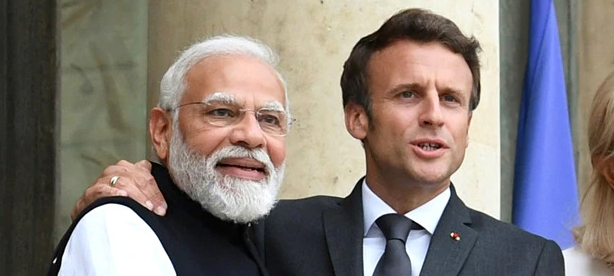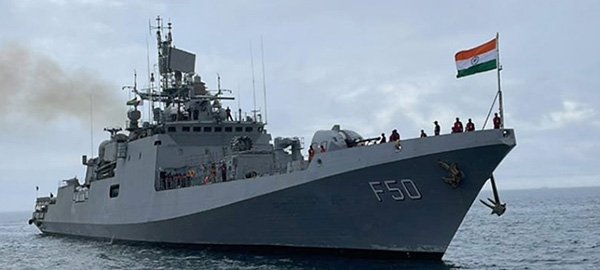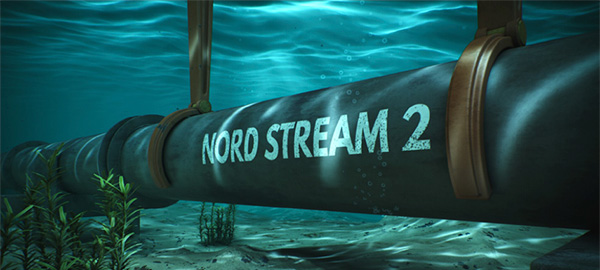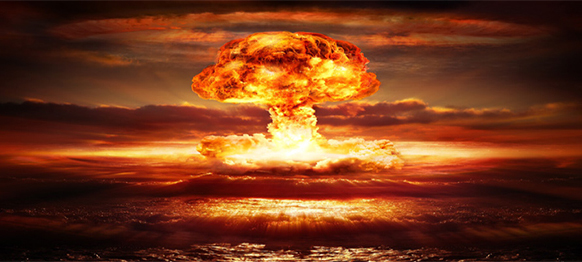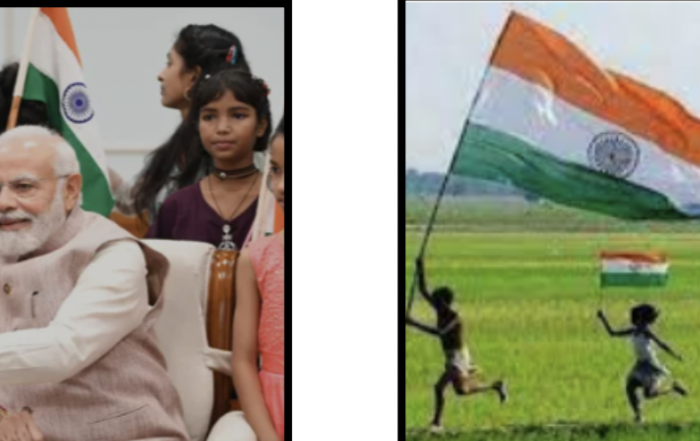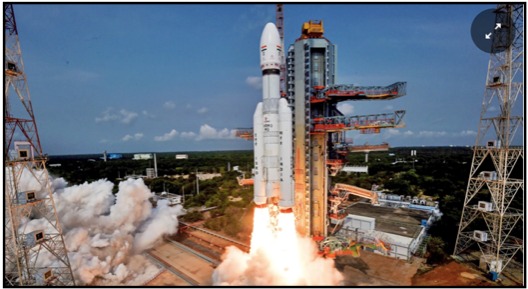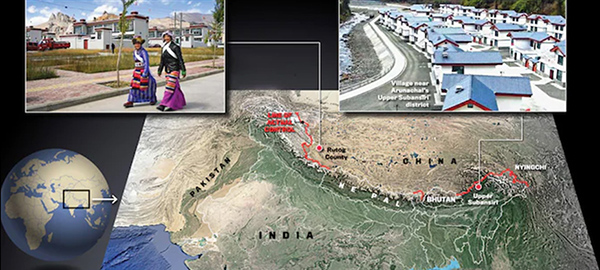“Did NATO push Ukraine into War”
“The War in Ukraine is being portrayed as a reckless invasion of Ukraine by Russia and Putin is a war criminal. On the other hand, Zelensky as a crusaders who is standing under all odds and Ukraine is fighting a Just war. Is this narrative has other side?”
Invading a sovereign country could not be justified in anyways. However, Russia accuses NATO for pushing them against the wall for this drastic step inspite of their repeated warning and effort, NATO kept crossing their laid down Red Line. Russia says,“They are the aggrieved party, they are the victims of NATO’s eastward expansionism and they are only acting on self defence”.
Let’s analyse what is this “NATO Eastward Expansionism”
After the second world war, an ideological and political rivalry cropped up between the United States and the USSR. The struggle for supremacy in form a Cold War started between United States and its allies, and the Soviet Union and its satellite states.
North Atlantic Treaty Organisation (NATO) was formed between America and Europe. The goal was to protect the ‘democratic freedom’. There were 12 founding members – US, UK, Belgium, Denmark, France, Iceland, Luxembourg, The Netherland, Portugal, Canada, Italy and Norway.
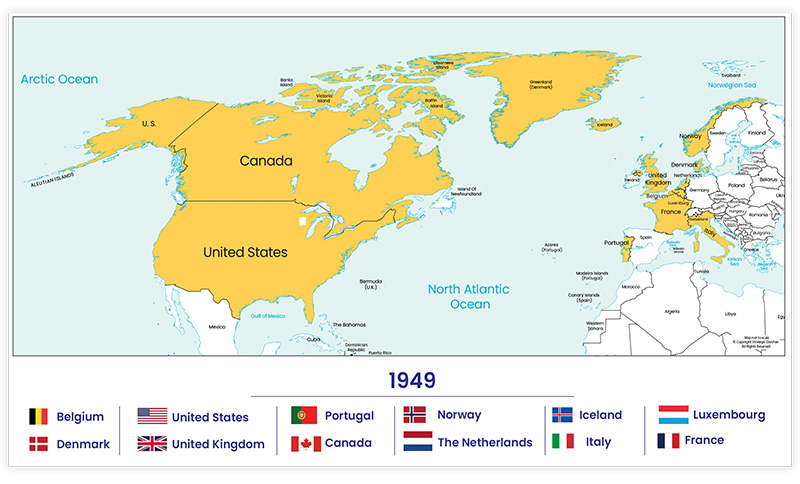
On 4th April, 1949 North Atlantic Treaty was signed. It was aimed at counting any future USSR’s aggression and for balance of power in Europe. It promised all members for a “Collective Security”.
The core principle of this alliance has been laid down in Article 5 of NATO treaty. Which lays down provision of collective security for the member state in case of war. It says, “The parties agree that an armed attack against one or more of them in Europe or North America shall be considered an attack against them all”.
This allowed the NATO members to pool and share their military resources. NATO projected himself as an alliance of liberal countries and an engine of democratisation that promotes the common values and interest and put back the rise of communism.
In its first expansion in 1952, NATO included Greece and Turkey, in second expansion, it included West Germany in 1955.
After six years of formation of NATO in 1955, the Soviet Union considered it as threat and created Warsaw Pact. USSR, Poland, East Germany, Czechoslovakia, Hungary, Romania, Albania and Bulgaria were its member.
Spain was included in NATO’s third expansion in 1982. In 1989, the Berlin Wall collapsed and East and West Germany got reunited. A burning issue came up regarding whether reunited Germany would be part of NATO or Warsaw. In 1990 United States President George W Bush (Senior) made an offer that if “United Germany joins the NATO, the NATO would stop expanding an inch eastwards and also would not have new member”.
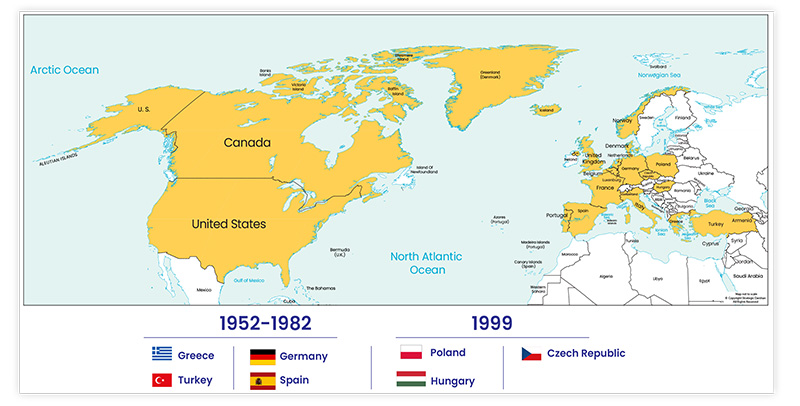
It was then the President Mikhail Gorbachev, who bought the narrative and agreed to dissolve the Warsaw and believing that NATO too would be dissolved. Which America and NATO deny today and Russia claims that there are numbers of memos and minutes of various meeting.
Within two years after reunification of Germany and joining NATO, in 1991 the Soviet Union and Warsaw got disintegrated and the iron curtain were completely demolished. On the contrary NATO kept pushing its expansion deeper.
In June 1997, The Arms Control Association, opposition to NATO expansion, a group of US prominent policy experts, which included former senators, retired military officers, diplomats and academicians sent an open letter to then President Bill Clinton outlining their opposition to NATO expansion, a policy error of great proportion.
But, NATO did not stop there, in its fourth expansion In 1999, included Poland, Hungary and Czech Republic. In its fifth expansion in 2004 it included seven central and eastern European countries Bulgaria, Estonia, Latvia, Romania, Lithuania, Slovenia and Slovakia.
On 10 February in 2007, Russian president Vladimir Putin attended the Munich conference, were he gave his friendly warning, “NATO has put its frontline forces on our borders. This expansions represents a serious provocation that reduces the level of mutual trust, and we have right to ask, against whom is this expansion intended? And what happened to the assurances our western partners made after the dissolution of the Warsaw pact”.
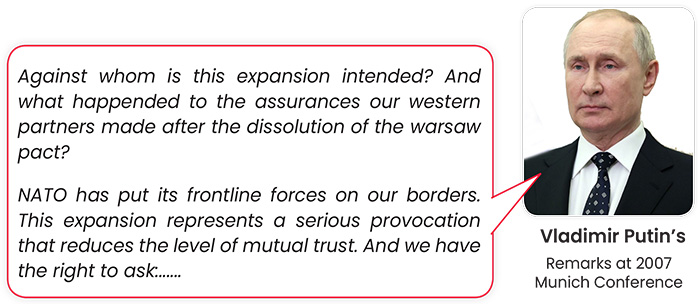
In 2008, the former US ambassador to Russia , William J Burns, wrote a letter to state department highlighting, “Ukrainian entry into NATO is the brightest of all redlines for the Russian Elite ( not just Putin). From knuckle-draggers in the dark recesses of the Kremlin to Putin’s sharpest liberal critics, I have yet to find anyone who views Ukraine in NATO as anything than a direct challenges to Russian interests”.
The former deputy secretary of states of US in Bush and Obama administration Robert M. Gates in his memoir has written, “Trying to bring Georgia and Ukraine into NATO was truly overreaching. This move was a case of recklessly ignoring that the Russian considered their own vital national interests”.
In another ignored warning, Strobe Talbot, former Dy secretary of states in US described it, “Many Russians see NATO as a vestige of cold war. They point out that they have disbanded the Warsaw pact and ask why the west should not do the same”.
But NATO brushed aside all warning, assessments and advices. In its sixth expansion in 2009 included Croatia and Albania. This was the Red Line for Russia under Putin. But, NATO did not stop and kept making inroad in Ukraine.
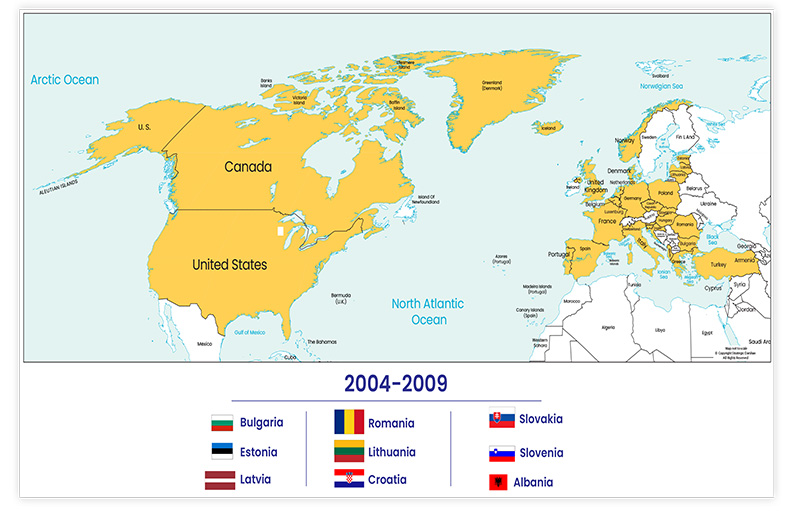
In November 2013, a wave of large-scale protests (known as Euromaidan) began in response to President Yanukovych’s sudden decision not to sign a political association and free trade agreement with the European Union (EU), instead choosing closer ties to Russia. What happened in 2014, when Russia invaded Ukraine and annexed Crimea is known to all of us.
Even after that, NATO unending expansionism still carried on and in 2017 included Montenegro in seventh expansion and in 2020, North Macedonia in its eighth expansion. Both situated in Russia’s back yard. It recognised three more aspiring members, Georgia, Ukraine and Bosnia & Herzegovina.
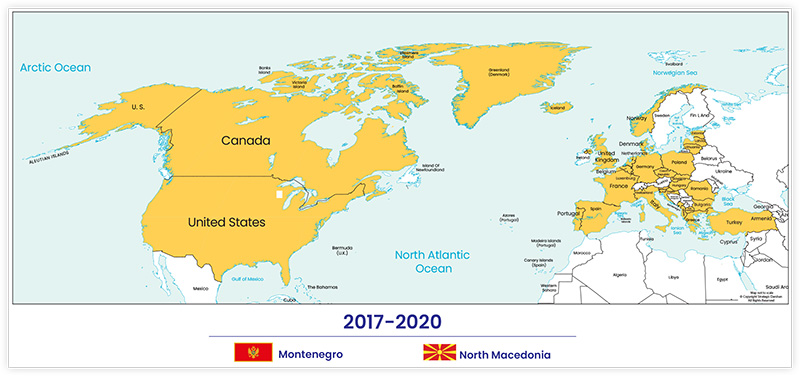
Let see on world map, the summary of all NATO Eastward Expansions

Thus, most of the nation which were part of Soviet Union, were being lured, encouraged and attracted to join NATO, inspite of Russia’s repeated warning of crossing the ‘‘Red Line’’.
Zelensky came in power in 2019 with a promise to take Crimea and Donbas back from Russian’s control. NATO and Ukraine went on war footing, openly challenged Russia and closing all options for peaceful settlement of conflict.
The Russian nationalism and pride was badly hurt due to disintegration of erstwhile Soviet Union, when they lost one third of their territory, half of their population and military might. Russians felt that unjust settlement has been imposed on them and brought them vulnerability and weakness. It has been strategic loss and military humiliation.
Russian invasion can not be justified but rest of the world specially NATO and its allies are not holly either. World and its leader have not done enough to first understand the security concern of each other and crossing of Red Line thinking that it could pushed in backdrop of collective security and nuclear umbrellas.
Ukraine has all sovereign right to ask to join any alliance or grouping, but NATO does not have any justified reason to expand itself and bring a threat in being inspite of repeated concern and objection raised by a country and its people at various forms in absolute terms.
During the on going Ukraine-Russia conflict to further provoke Russia, NATO is in talk with Finland, Sweden and Serbia on fast track basis for inclusion in NATO. NATO is moving totally disregard of historical baggage. Thus, it is left to world to understand whether only Russia to be blamed for what happing in Eurasia or is NATO also responsible for Russia-Ukraine conflict and push ukraine into the war and responsible for ongoing devastating catastrophe


